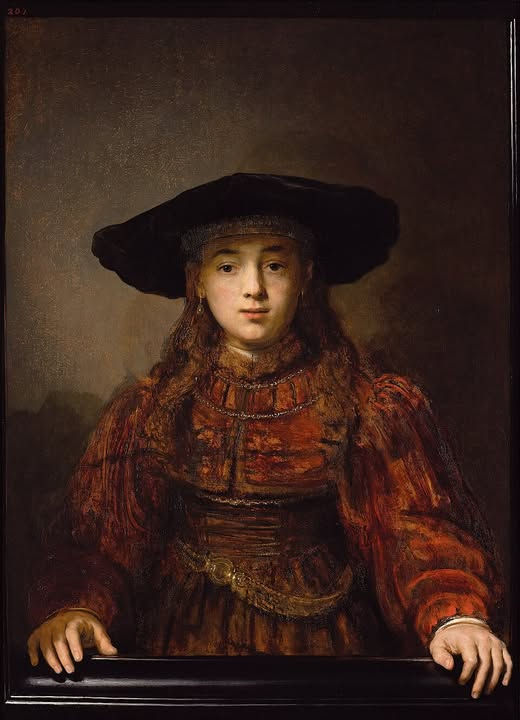Essence and Presence
- smcculley
- Apr 30, 2024
- 2 min read
Updated: May 1, 2024
Essence and Presence
From our friend, Charles R.
All the individuals, including the lamb, in Leonardo’s Virgin and Child with St. Anne are representations of essence. Looking into the painting, we see that they are all portrayals of different stages and development of essence. The most rudimentary state of essence is animal, as portrayed by the lamb. If you’ve ever been to a farm and witnessed a newborn lamb, it is not difficult to see why these creatures are associated with purity, positivity and innocence. Anything that’s animate or inanimate has an essence. A lamb has one type of essence, a skunk another type of essence. Coal has an essence, a diamond another. A marshal body type has its particular essence, lunar types have theirs, and so on.
Returning to Leonardo’s painting, we could say that the lamb represents essence at it’s most fundamental, an instinctive awareness. It experiences discomfort and expresses it the only way it knows how and cannot be taught or trained to do otherwise. The baby teasing the lamb is closer, if not sometimes wholly representative of our own psychology, than we might at first believe. Who has not teased or been teased?
Looking at Mary’s countenance, as an adult, she sees what the child is doing. Rather than an irritated grimace portraying attitudes such as ‘Stop it!’ or ‘No candy for you until you quit!’ or a frustrated ‘You naughty boy…!!’, the expression on her face implies that her essence seems to have been developed or educated to include empathy both for the child and the lamb. Her gentle yet firm hold on the child is reminiscent of the firm grasp the steward has on the lower self, disallowing the expression of the negative emotions of irritation and frustration. Even though Mary’s essence is developed, she remains in the second state. The steward does not and cannot partake of higher centers.
And what of the essence of St. Anne? Studying her image, what is immediately apparent is her serene expression. She simply looks on at the scene beneath her, unaffected yet with compassion for all the characters pictured. She observes impartially, the mother, the child and the lamb. We see a fully developed essence that has transcended itself, that is, essence aware of itself and it’s environment.
Such is the sublime beauty and profundity of Leonardo’s portrayal of St. Anne, we may surmise that he not only experienced higher states as an epiphany, but perhaps lived in and acted continually from higher centers. Of course, we cannot know whether or not Leonardo had any connection with or influence from an esoteric school, that allowed him the ability to portray higher consciousness so beautifully and completely. In fact, given what we know about Leonardo’s life, to even ponder this question for any more than a few minutes is simply another deviation from introducing and prolonging presence. We do know however, that no development of essence or higher centers is possible without a school.
It is impossible for man to get to higher states by his own efforts alone. ~ Rodney Collin
Leonardo Da Vinci, The Virgin and Child with St. Anne, Louvre, Paris









Comments